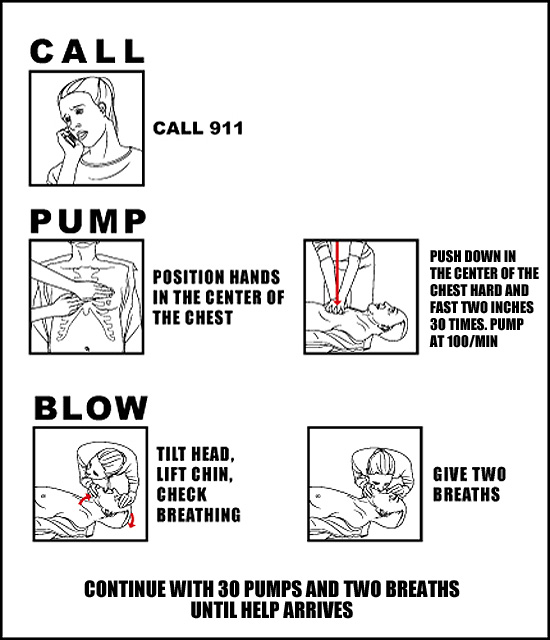Deety
Head Coach
Earlier today, I was volunteering at a bike race and had a vivid reminder about being prepared for medical emergencies. Heard what sounded like a gunshot and turned around to see, not five feet away, a man who had fallen flat backward and was lying still on the ground. Luckily, he was wearing his bike helmet... that was the sound I'd heard.
The first thought to run through my head was how to help, and although they are very simple, the steps for CPR were a lot less sure under pressure than I would like. Thankfully, in this case, we had emergency medical technicians and ambulances right there, so my help wasn't needed. Still, it was a wake-up call, and I thought I would just post this as a reminder to review the steps if anyone hasn't in a while. A few prayers for this man couldn't hurt, either.
This link has quite a bit of information, but here it is, simply put:

The first thought to run through my head was how to help, and although they are very simple, the steps for CPR were a lot less sure under pressure than I would like. Thankfully, in this case, we had emergency medical technicians and ambulances right there, so my help wasn't needed. Still, it was a wake-up call, and I thought I would just post this as a reminder to review the steps if anyone hasn't in a while. A few prayers for this man couldn't hurt, either.
This link has quite a bit of information, but here it is, simply put:

Last edited:






